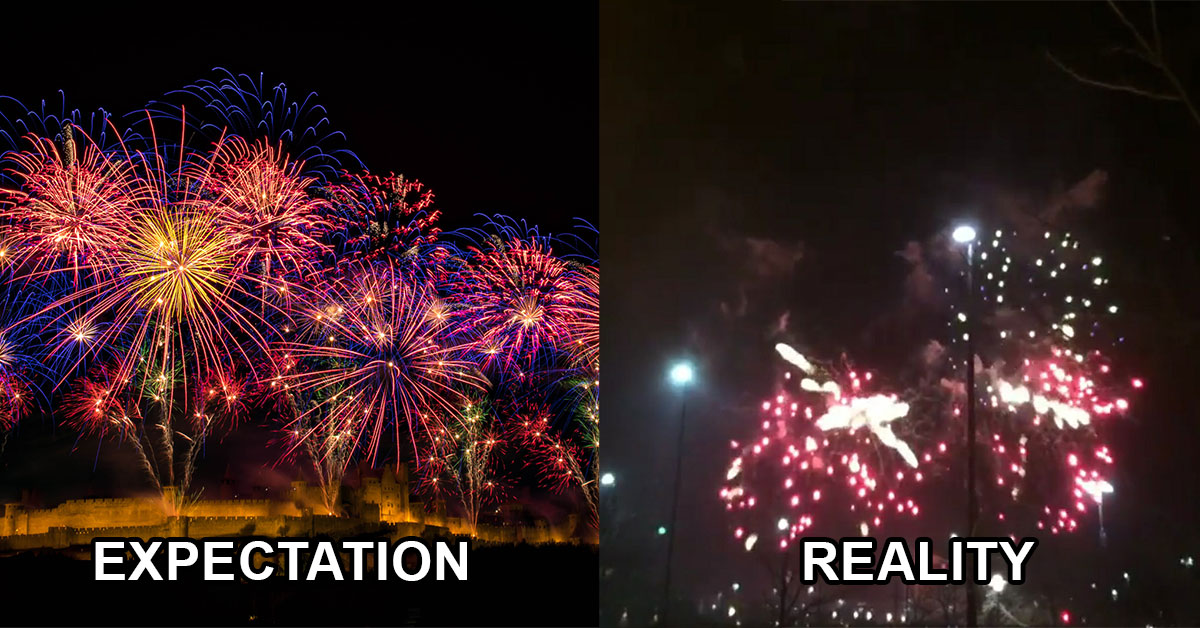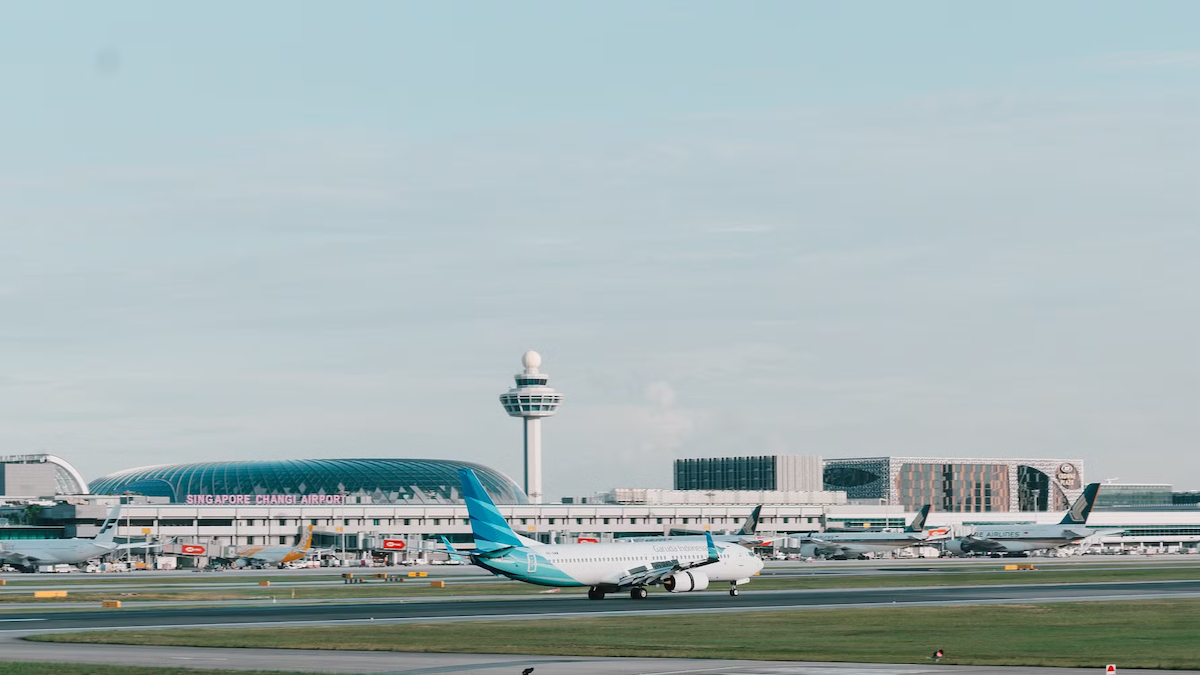- Low-light photography on phone cameras can be tricky, with common problems including poor focus and image noise.
- These problems occur as a result of hardware limitations and sub-optimal software settings. However, there are some ways to fix these problems, including using manual settings and priming your shots.
For all the technical advancement in phone camera technology, there is still one aspect that constantly leaves many frustrated: low-light photography. For many, being able to take well-lit and focused photos in poorly lit environments is still a challenge.
Often photos come out grainy, and other times the subject is blurred and out of focus. And unless you’re amazing at editing photos, you’ll probably have a hard time achieving a well-lit and sharp shot of the stars at night.
Ingredients Of A Low-Light Shot
To know how to take a good photo in low-light conditions, you must first understand the elements that play a part in its overall composition. Without going into too much technical detail, the main factors that affect the quality of a low-light shot are as follows:
Hardware
While all the hardware elements of a camera have their parts to play, the component most directly involved in the quality of good low-light photos is the image sensor (the part behind the lens that takes in light waves and constructs an image).
Simply, the bigger your camera’s sensor, the more light it can absorb without creating too much noise. Generally, the more “premium” a phone is, the bigger the sensor in its main camera. This is how most flagship phones are able to take better low-light photos compared to the lower-spec models.

Software
Equally as important as the camera’s hardware is its software and the processing that’s done internally. While most phone manufacturers focus on physical hardware specs, users should be aware that the camera software is also important if you want to take good low-light pictures.
For example, things like noise reduction and image compression are all software-related and contribute to overall image quality.
Camera Settings
For the everyday user, things like ISO, aperture, and shutter speed are usually left to the camera software. But it’s good to understand how these factors work together to determine how clear and well exposed your low-light shots turn out.
For example, ISO determines how much light enters the sensor, and in turn determines if your shot has too much noise or too little brightness. Shutter speed determines how long you allow light to go through the lens—a short shutter speed means underexposed dark photos, while leaving it too long will overexpose the subject and create blurry images.

Things You Can Tweak
Now that we’ve looked through the factors involved in the quality of a low-light photo, there are a few things that you can actually adjust to get better results.
First, going into Manual mode on your phone’s camera will enable you to change up exposure settings to your liking.
If you know what to adjust, playing around with the shutter speed, aperture, and ISO on your own can sometimes lead to better results compared to letting the camera make adjustments in Auto mode.

Then there are also the external factors which you can improve on your own. Getting a stable platform on which to steady your camera (a tripod, or a kickstand) can improve stability and reduce the blurriness you get if you use your hands. And using even the most minimal light source to its fullest can make a difference in how your final image turns out.
Things You Can’t
But beyond the factors you can improve through tweaking, there are the things that you’re stuck with and can’t control.
These things refer mostly to the aforementioned hardware components within your camera, such as the image sensor and the image stabilisation mechanism which are all in-built and cannot be adjusted. Depending on what phone you have, this may or may not be a good thing.
If you’ve tried doing all of the things mentioned above and are still failing to get great-looking low-light images, the problem may just be down to the hardware on your phone. In this case, you might be considering switching devices to one that will allow you to take low-light shots without jumping through too many hoops
Unfortunately, phones with this capability often come at a premium.
If you do a search on Google for phones with the best low-light photo capabilities, most will have price tags that match the premium specs of their cameras.
This is where Xiaomi’s upcoming Redmi Note 5 aims to fill the gap.
Sporting camera specs that place it in lofty company, the Xiaomi Redmi Note 5 has a dual rear camera setup that is more often than not found only on phones at the higher end of the price spectrum.
The main camera carries a 12MP sensor and boasts a 1.4 micron pixel size that lets it take in more light without compromising the image with too much noise, placing it in the same league as phones such as the Samsung Galaxy S9.

And there is also dual photodiode autofocus—a feature commonly found in DSLR cameras—that lets the phone improve its autofocus speeds dramatically.

All these help the Redmi Note 5 capture well-lit and focused images without needing to tweak the settings in Manual mode or using editing software to adjust the brightness.

These features come in addition to the great front-facing camera which is able to achieve a great bokeh effect in portrait mode, and the and the Qualcomm Snapdragon 636 processor backed by 6GB of LPDDR4X RAM.
For those keen on getting crisp low-light shots with ease, the Xiaomi Redmi Note 5 is a solid option that does the job at a price that doesn’t break the bank.

- The Xiaomi Redmi Note 5 releases in Malaysia on the 24th of April 2018.
This article was written in collaboration with Xiaomi.
Feature Image Credit: Unsplash.com









